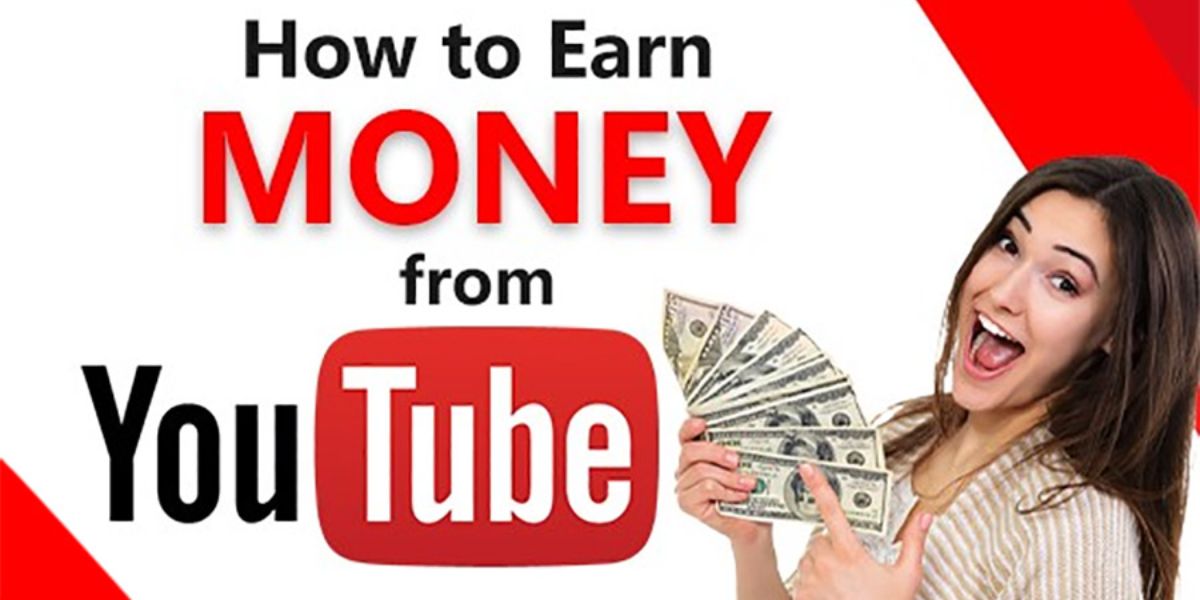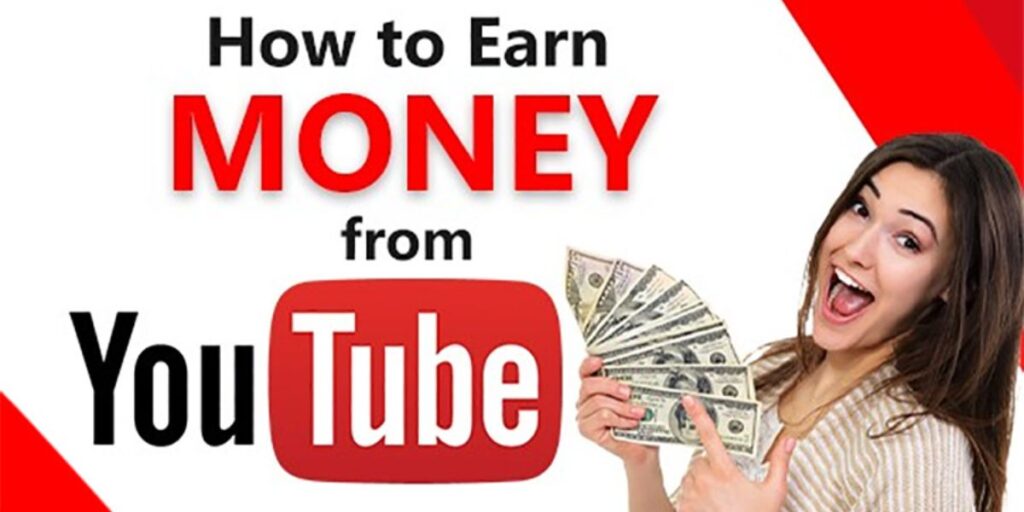How to Make Money on YouTube in 2025: A Complete Guide
YouTube has evolved into one of the most lucrative platforms for content creators, offering multiple ways to generate income. Whether you’re a beginner or an experienced creator, understanding the monetization strategies, eligibility requirements, and best practices is essential to turning your passion into profit. This guide covers everything you need to know about making money on YouTube while adhering to Google AdSense policies.
1. Join the YouTube Partner Program (YPP)
The YouTube Partner Program (YPP) is the primary way to monetize your channel through ads, memberships, and other revenue streams. To qualify, you must meet the following requirements:
Eligibility Criteria
- 500 Subscribers (for partial monetization features like fan funding)
- 1,000 Subscribers (for full ad revenue sharing)
- 3,000 Watch Hours (in the past 12 months) OR 3 Million Shorts Views (in the last 90 days) for partial monetization
- 4,000 Watch Hours (in the past 12 months) OR 10 Million Shorts Views (in the last 90 days) for full ad revenue .
Once approved, you can earn from:
- Ad Revenue (pre-roll, mid-roll, and display ads)
- YouTube Premium Revenue (when Premium subscribers watch your content)
- Channel Memberships (exclusive perks for paying subscribers)
- Super Chat, Super Stickers, and Super Thanks (fan donations during live streams)
- YouTube Shopping (selling merchandise or affiliate products) .
2. Alternative Ways to Monetize Without YPP
If you haven’t met YPP requirements yet, you can still earn through:
A. Affiliate Marketing
- Promote products from Amazon Associates, Awin, or ClickBank.
- Include affiliate links in video descriptions and earn commissions on sales .
B. Sponsored Content & Brand Deals
- Partner with brands for paid promotions.
- Disclose sponsorships per YouTube’s policies to avoid demonetization .
C. Selling Merchandise & Digital Products
- Use platforms like Teespring or YouTube’s built-in Shopping feature.
- Offer e-books, courses, or exclusive content .
D. Crowdfunding (Patreon, Memberships)
- Offer exclusive perks via Patreon or YouTube Memberships (once eligible) .
3. YouTube Monetization Policies & Best Practice
To ensure compliance with Google AdSense and YouTube’s policies, follow these guidelines:
A. Avoid Policy Violations
- No reused content (avoid reposting others’ videos without significant transformation).
- No misleading thumbnails or clickbait (YouTube penalizes deceptive content).
- Follow Community Guidelines (no hate speech, violence, or harmful content) .
B. Create Advertiser-Friendly Content
- Avoid excessive swearing, controversial topics, or shocking imagery.
- Focus on high-quality, original content that engages viewers .
C. Optimize for Maximum Revenue
- Enable mid-roll ads (for videos over 8 minutes).
- Use SEO-friendly titles & descriptions to attract more views.
- Engage with your audience to boost watch time and retention .
4. How Much Can You Earn on YouTube?
Earnings vary based on:
- Niche (finance, tech, and business channels earn higher CPMs).
- Audience location (U.S. and European viewers generate more ad revenue).
- Content type (long-form videos typically earn more than Shorts).
Estimated Earnings:
- $1–$5 per 1,000 views (from ads).
- $0.03–$0.07 per 1,000 Shorts views .
5. Final Tips for Success
✅ Post consistently to grow watch time and subscribers.
✅ Engage with your audience to build loyalty.
✅ Diversify income streams (don’t rely solely on ads).
✅ Stay updated on YouTube’s latest monetization policies.
Conclusion
Making money on YouTube requires effort, consistency, and adherence to platform policies. By leveraging the YouTube Partner Program, affiliate marketing, sponsorships, and merchandise sales, you can build a sustainable income stream. Start creating high-quality content today and unlock YouTube’s earning potential!
For more details, check YouTube’s official monetization resources .


